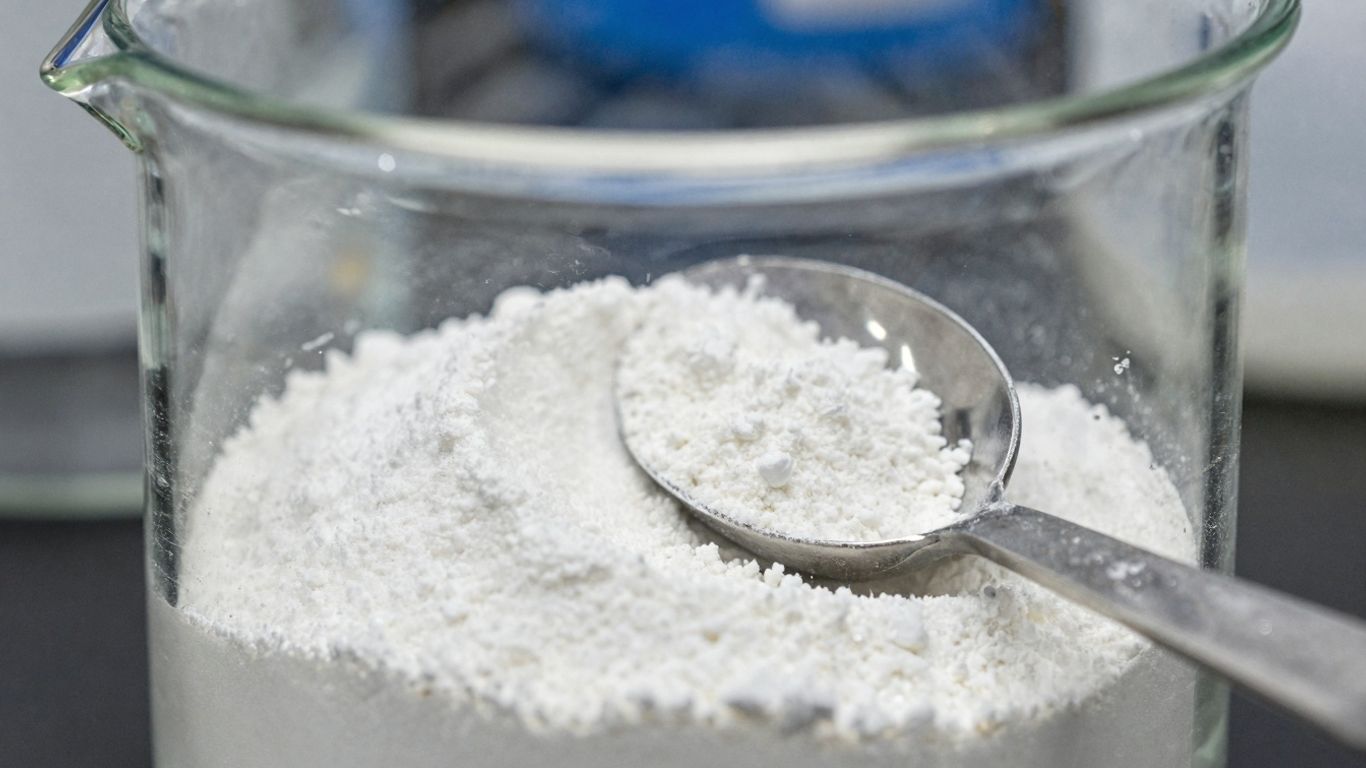Selective Androgen Receptor Modulators, or SARMs, have gained significant attention in recent years. These compounds selectively target androgen receptors in the body, offering potential benefits similar to anabolic steroids but with fewer side effects. Athletes and bodybuilders often seek SARMs for muscle growth, fat loss, and improved performance.
The appeal of SARMs lies in their ability to promote anabolic activity in muscle and bone while minimizing effects on other tissues. This selectivity could revolutionize treatments for various conditions, including muscle wasting and osteoporosis. As research progresses, the potential applications of SARMs continue to expand.
Key Takeaways
- SARMs are selective androgen receptor modulators with potential for targeted muscle and bone therapies.
- Research is ongoing to explore their applications in muscle wasting, osteoporosis, and other conditions.
- Challenges include safety concerns, regulatory hurdles, and ethical debates surrounding their use.
- Emerging trends focus on improving selectivity, reducing side effects, and expanding therapeutic uses.
- Future directions emphasize collaboration, commercialization, and navigating complex regulatory landscapes.
Current State of SARMs Research
Research on SARMs is still in its early stages, but it has shown promising results. Scientists have conducted numerous studies to understand their mechanisms and effects on the body. Early findings suggest that SARMs can enhance muscle mass and strength without the severe side effects associated with traditional steroids.
However, the scientific community still needs more comprehensive clinical trials. Many studies focus on animal models, which may not fully translate to human applications. Researchers are working diligently to bridge this gap and provide clearer insights into the safety and efficacy of SARMs.
Potential Applications of SARMs

SARMs hold potential for various medical applications beyond bodybuilding and athletics. One significant area is the treatment of muscle-wasting diseases, such as cachexia or sarcopenia. These conditions lead to significant muscle loss, impacting quality of life and overall health.
Their selective action could help patients regain strength and mobility without the risks associated with traditional treatments. As research continues, more applications may emerge, highlighting the versatility of these compounds.
Challenges and Controversies in SARMs Research
Despite their potential, SARMs face several challenges in research and development.
Many products marketed as SARMs are unregulated and may contain harmful substances or inaccurate dosages.
Controversies also arise regarding their use in sports. Anti-doping agencies have banned SARMs due to their performance-enhancing effects. This ban raises ethical questions about fairness in competition and the integrity of sports.
Future Directions in SARMs Research
The future of SARMs research looks promising as scientists explore new compounds and applications. Researchers aim to develop more selective SARMs that target specific tissues while minimizing side effects. This approach could enhance their therapeutic potential significantly.
Moreover, ongoing studies will likely focus on long-term safety and efficacy. Understanding how these compounds interact with various biological systems will be crucial for their development. As knowledge expands, researchers can refine their approaches and improve outcomes for patients.
Emerging Trends in SARMs Development

Recent trends in SARMs development highlight a shift towards personalized medicine. Scientists are exploring how genetic variations affect individual responses to SARMs. This research could lead to tailored treatments that maximize benefits while minimizing risks.
Another trend involves combining SARMs with other therapies for enhanced effects. Researchers are investigating synergistic approaches that could improve muscle growth or bone density when used alongside existing treatments. These innovative strategies may pave the way for more effective therapies.
Regulatory Considerations for SARMs
Regulatory bodies face challenges in overseeing SARMs due to their complex nature. The lack of established guidelines complicates the approval process for new compounds. As research progresses, regulators must develop frameworks that ensure safety while fostering innovation.
Additionally, public awareness about the risks associated with unregulated products is essential. Educating consumers can help prevent misuse and promote responsible use of SARMs. Striking a balance between regulation and accessibility will be crucial for the future of these compounds.
Ethical Considerations in SARMs Research
Ethical considerations play a significant role in SARMs research and development. Researchers must prioritize participant safety during clinical trials. Informed consent is vital, ensuring participants understand potential risks and benefits.
Moreover, the implications of using SARMs in sports raise ethical questions about fairness and integrity. Balancing the desire for performance enhancement with ethical standards remains a challenge for athletes and governing bodies alike. Ongoing discussions will shape the future landscape of SARMs in competitive environments.
Collaborations and Partnerships in SARMs Research
Collaborations between academic institutions, pharmaceutical companies, and regulatory agencies can accelerate SARMs research. These partnerships foster knowledge sharing and resource pooling, enhancing the development process. Collaborative efforts can lead to innovative solutions and more robust clinical trials.
Furthermore, engaging with patient advocacy groups can provide valuable insights into unmet medical needs. Understanding patient perspectives can guide researchers in developing targeted therapies that address real-world challenges. Building these relationships will be crucial for advancing SARMs research.
Future Market and Commercialization of SARMs
The market for SARMs is poised for growth as research validates their potential benefits. As more products enter the market, consumers will demand transparency regarding safety and efficacy. Companies that prioritize quality and compliance will likely gain a competitive edge.
Moreover, successful commercialization will depend on navigating regulatory landscapes effectively. Companies must stay informed about evolving regulations to ensure compliance while bringing innovative products to market. The future market for SARMs holds promise but requires careful consideration of ethical and regulatory factors.
The Promise and Potential of SARMs
SARMs represent a fascinating area of research with significant promise for various applications. Their selective action offers potential benefits for muscle growth, bone health, and more. However, challenges remain regarding regulation, ethics, and safety.
As research continues to evolve, scientists will uncover new possibilities for these compounds. The future of SARMs holds great potential for improving health outcomes while addressing critical medical needs. With responsible development and collaboration, SARMs could transform therapeutic approaches in medicine and sports alike.











